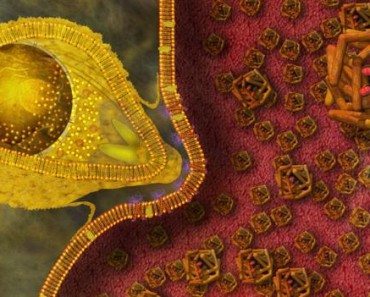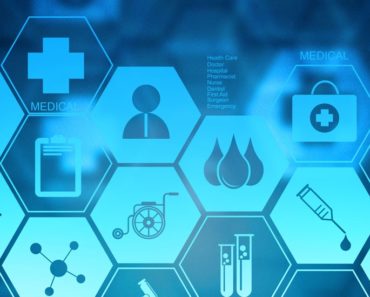
Mental disorders like depression can be debilitating illnesses, therefore, considering the gravity of the problem, it is important that stakeholders understand them well and patients are treated properly and on time.
Depression is a pervasive mental health problem that affects roughly 15 million people, aged 18 years and above, in the United States during any given period, as per the Anxiety and Depression Association of America (ADAA). In some cases, people get to experience symptoms of depression only once in their lives.
Many people with depression may experience what is known as “anxious distress” in addition to their low mood.2 People with anxious distress often feel tense, restless, and have trouble concentrating because they worry so much. They are deeply afraid that something bad is going to happen or that they might lose control of themselves. People who experience anxious distress with depression may be at higher risk for suicide or need more intensive treatment, so it is important to identify these symptoms along with the depression.
Symptoms of Major Depression
- depressed mood
- lack of interest in enjoyable activities
- increase or decrease in appetite
- insomnia or hypersomnia
- slowing of movement
- lack of energy
- feelings of guilt or worthlessness
- trouble concentrating
- suicidal thoughts or behaviors
For a diagnosis of major depressive disorder, a person needs to have experienced five or more of these symptoms for at least two weeks. People experiencing some of these symptoms might also be diagnosed with persistent depressive disorder (dysthymia), premenstrual dysphoric disorder, or a depressive disorder due to another condition. They may also meet the criteria for bipolar
Symptoms of Generalized Anxiety Disorder
- excessive worry
- restlessness
- being easily fatigued
- trouble concentrating
- irritability
- sleep disturbance
- muscle tension
If you’ve experienced these symptoms most days for more than six months, and they cause distress in your daily life, then you may receive a diagnosis of generalized anxiety disorder. Other types of anxiety disorders include separation anxiety, panic disorder, or phobias, among others.
Making the Comparisons
If you compare the two lists of symptoms, you can see that there is some overlap. Sleep problems, trouble concentrating, and fatigue are all symptoms of both anxiety and depression. Irritability may also manifest in forms of anxiety or depression.
There are however, some distinguishing features. People with depression move slowly, and their reactions can seem flattened or dulled. People with anxiety tend to be more keyed up, as they struggle to manage their racing thoughts. Another distinguishing feature is the presence of fear about the future in people with anxiety.
Depressed people who do not have anxiety are less likely to be fraught with worry about future events, as they are often resigned to believing that things will continue to be bad. In other words, they may predict the future based on how they feel in the moment.
Talking to Your Doctor
If you have anxiety, depression, or both, chances are that your doctor will recommend medication, therapy, or a combination of the two. Keep track your symptoms and keep a log of how you feel each day, as this can help in the diagnostic process. It’s also important to speak up and ask your doctor whether they think you have depression, anxiety, or both.
This clarity can help you understand the treatment focus and how to manage your symptoms. For example, a patient who is prescribed an antidepressant may not realize that the medication has been prescribed for their anxiety, as they are used to treat both anxiety and depression. Never hesitate to ask about your diagnosis, as you have a right to your personal health information.
The most important quality that anxiety and depression share is that they are both very treatable conditions. Never hesitate to find people to help you stayed informed and on the right track towards a healthier mind and body. Who can you recruit to help you with your anxiety or depression today?









